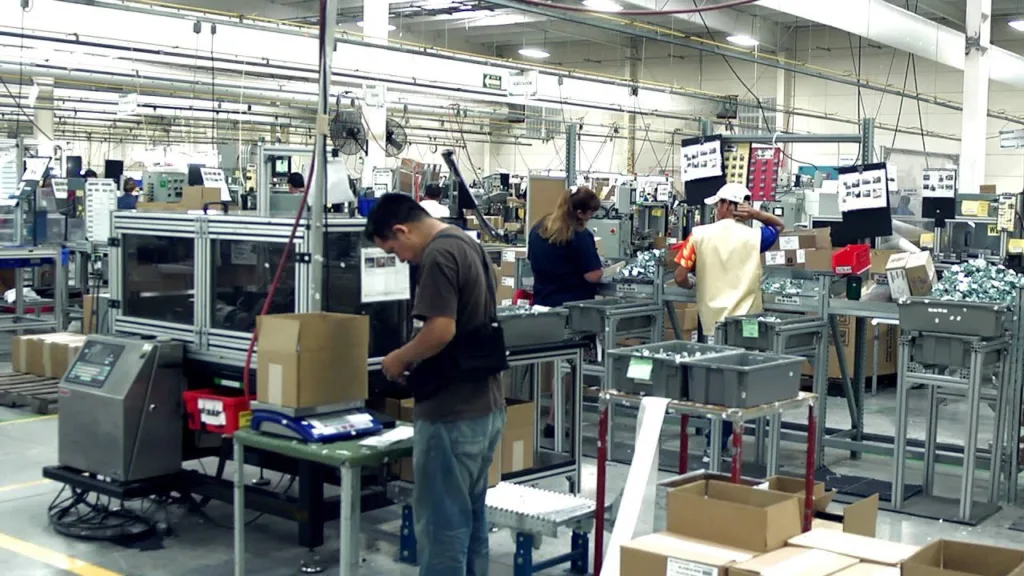In the ever-evolving landscape of construction and design, the need for versatile and efficient manufacturing shelters has become increasingly prominent. As industries strive to enhance productivity while minimizing environmental impact, the concept of manufacturing shelters emerges as a pivotal solution. These structures not only provide essential protection for materials and equipment but also foster a conducive workspace that promotes innovation and efficiency in manufacturing processes.
This article delves into the significance of manufacturing shelters, exploring their various applications across different sectors. From streamlined operations in automotive production to supporting renewable energy initiatives, manufacturing shelters have proven to be invaluable assets. We will examine their design considerations, material choices, and the role they play in improving safety and sustainability within manufacturing environments.
Applications and Benefits of Manufacturing Shelters
Manufacturing shelters are instrumental in facilitating various sectors, from automotive production to aerospace development. These structures provide an adaptable environment that can accommodate changing production requirements, ensuring that materials and processes remain protected from adverse weather conditions. Additionally, the ability to customize the size and layout of these shelters allows for optimal workflow design, supporting just-in-time manufacturing strategies. In locations like Mexico, where industries are rapidly expanding, Manufacturing in Mexico has leveraged these shelters to enhance operational efficiency and maintain a competitive edge.

Design Considerations for Optimal Performance
When designing manufacturing shelters, several key factors must be taken into account, including structural integrity, insulation, and energy efficiency. Utilizing materials that withstand local environmental conditions enhances the longevity of these structures while promoting sustainability. Furthermore, incorporating advanced ventilation and natural lighting can create a more comfortable and productive working environment. This attention to design not only safeguards the manufacturing processes but also underscores the industry’s commitment to promoting safety and minimizing its ecological footprint.
In conclusion, the implementation of manufacturing shelters represents a strategic advancement for industries looking to optimize their operations while prioritizing safety and sustainability. By offering adaptable spaces that protect essential resources and streamline workflows, these structures facilitate a dynamic and innovative manufacturing environment. Their thoughtful design, characterized by robust materials and energy-efficient features, underscores a commitment to resilience and environmental stewardship. As industries continue to navigate the complexities of modern production demands, the role of manufacturing shelters will remain critical in driving efficiency, supporting growth, and fostering a safe workspace that embraces both technological and ecological progress.



